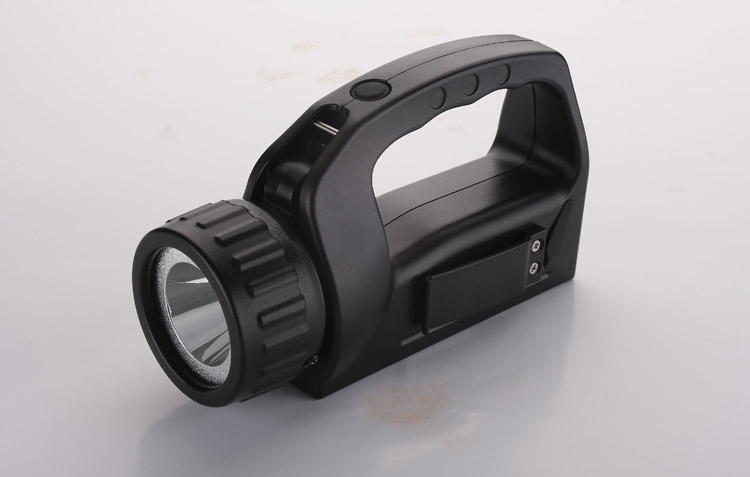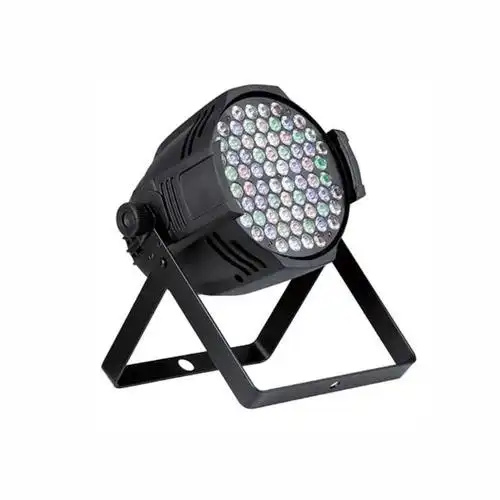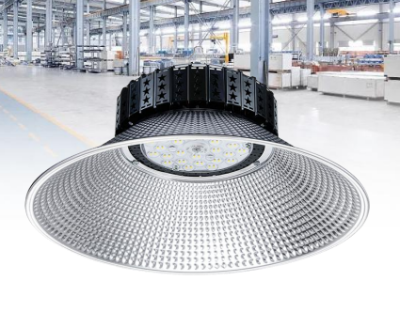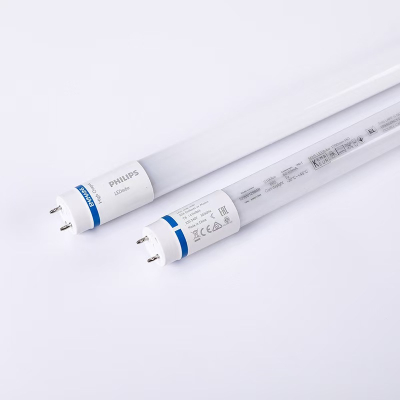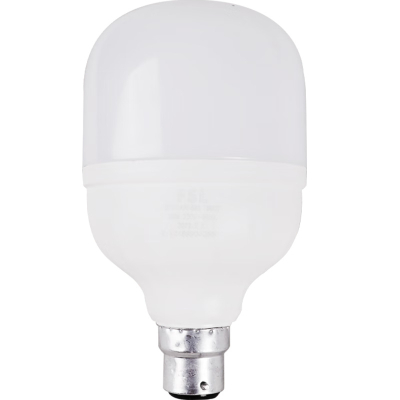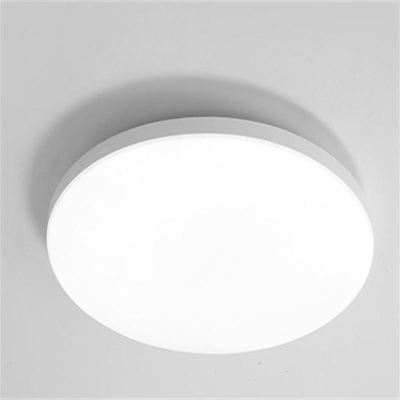Manually Controlled Light Fixtures
Manually controlled light fixtures are lighting devices that are operated and adjusted by human intervention rather than through automated or remote - controlled systems. These fixtures provide users with the ability to directly manipulate various lighting parameters such as brightness, color, and direction according to their specific needs and preferences.
Incandescent bulbs are one of the oldest types of light sources. A typical incandescent light fixture consists of a bulb, a socket, and a housing. The user can control the brightness by simply turning a knob on a dimmer switch (if available). However, incandescent bulbs are less energy - efficient compared to other modern lighting technologies. For example, a 60 - watt incandescent bulb produces light by heating a tungsten filament until it glows. The color temperature of incandescent light is usually around 2700 - 3000K, giving a warm - white glow.
Halogen light fixtures are similar to incandescent ones but use a halogen gas (such as iodine or bromine) inside the bulb. This gas helps to recycle the evaporated tungsten back onto the filament, increasing the lifespan and maintaining the brightness of the bulb. Halogen lights are often used in applications where a bright, focused light is needed, like in spotlights and desk lamps. The user can adjust the angle of the fixture to direct the light beam. The color temperature can range from 3000 - 3200K, providing a whiter light than standard incandescent bulbs.
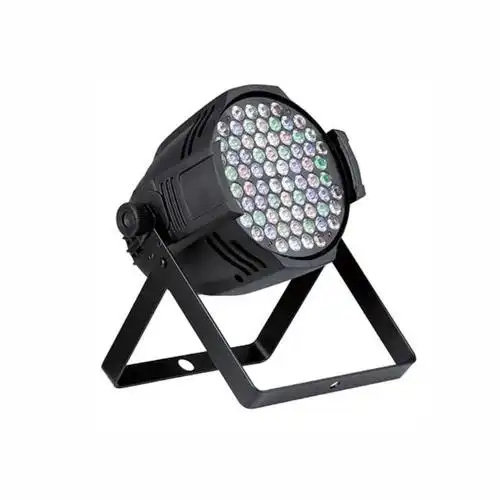
CFL fixtures contain a compact fluorescent tube that emits light through a process of gas discharge and fluorescence. They are more energy - efficient than incandescent bulbs. The user can usually turn the fixture on and off using a simple switch. Some CFLs also come with a built - in dimmer function, allowing for manual adjustment of brightness. The color temperature can vary, with options for warm - white (around 2700K) and cool - white (around 4000 - 5000K). CFLs take a few seconds to reach full brightness after being turned on.
LED light fixtures are becoming increasingly popular due to their energy - efficiency and long lifespan. In a manually controlled LED fixture, the user can adjust the brightness using a dimmer switch. Some LED fixtures also allow for manual adjustment of color temperature. For example, a user can change the light from a warm - white (3000K) to a cool - white (5000K) setting depending on the mood or the task at hand. Additionally, the direction of the light can be adjusted in many LED fixtures by swiveling or tilting the light head.
The switch is the most basic component for manual control. It allows the user to turn the light fixture on and off. In traditional incandescent and halogen fixtures, it's a simple toggle switch. In more advanced fixtures, such as those with dimming capabilities, the switch may be a rotary knob or a slide switch that can adjust the power supplied to the light source, thereby changing the brightness.
Dimmers are used to adjust the brightness of the light. They work by varying the voltage or current supplied to the light source. For incandescent and halogen bulbs, a rheostat - based dimmer can be used. In LED and CFL fixtures, special electronic dimmers are required because these light sources have different electrical characteristics. A dimmer allows for a wide range of brightness settings, from a very low ambient glow to full brightness.
Many light fixtures have adjustable mounts or arms that enable the user to change the direction of the light. For example, in a desk lamp, the arm can be bent and the light head can be swiveled to direct the light onto a specific area such as a book or a keyboard. In wall - mounted fixtures, the fixture can often be tilted up or down to adjust the angle of illumination.
In light fixtures that allow for color adjustment, there are different mechanisms depending on the type of light source. In some LED fixtures, there are built - in color - changing LEDs or filters that can be adjusted manually. The user can select from a range of color temperatures or even change the color to create a specific mood or effect. For example, a user might choose a warm - red color for a cozy atmosphere or a bright - blue color for a more energetic feel.
In homes, manually controlled light fixtures are widely used in various rooms. In the living room, table lamps and floor lamps with manual controls allow users to adjust the lighting according to different activities such as reading, watching TV, or having a conversation. The ability to change the brightness and color temperature creates a comfortable and inviting atmosphere. In the bedroom, bedside lamps with manual dimming functions are convenient for users to adjust the light before going to sleep.
In offices, manually controlled desk lamps are essential for providing focused illumination for work tasks. The user can adjust the light to reduce glare on the computer screen and provide enough light for writing or reading documents. In retail stores, manually adjustable track lights or spotlights are used to highlight products. Store employees can adjust the direction and brightness of the lights to showcase different items effectively.
Simplicity: Manually controlled light fixtures are relatively simple to operate. There is no need for complex programming or technical knowledge. Users can directly interact with the controls to achieve the desired lighting effect.
Cost - effectiveness: These fixtures are generally less expensive than their automated counterparts. The absence of advanced control systems such as sensors or remote - control modules reduces the overall cost of the fixture.
Reliability: With fewer electronic components and a simpler design, manually controlled light fixtures are often more reliable. There is less risk of technical failures due to software glitches or communication problems between components.

